
Dear Sir/Madam:
This is the latest news and knowledge service information of the International Knowledge Centre for Engineering Sciences and Technology under the Auspices of UNESCO.If you have any comments or suggestions on the information and services we provide, you can reply to this email or click "FEEDBACK" at the end of the email.We welcome you and thank you for visiting the webiste (https://www.ikcest.org) .Best wishes!
尊敬的用户:
您好!这是联合国教科文组织国际工程科技知识中心(IKCEST)本月推送的简报和知识服务信息,欢迎您访问我们的网站 (https://www.ikcest.org) 获取更多精彩内容。 如果您对我们提供的信息和服务有任何意见或建议,可直接回复本邮件或通过点击邮件末尾的 “FEEDBACK” 进行意见反馈。 感谢您对IKCEST的支持!祝好!
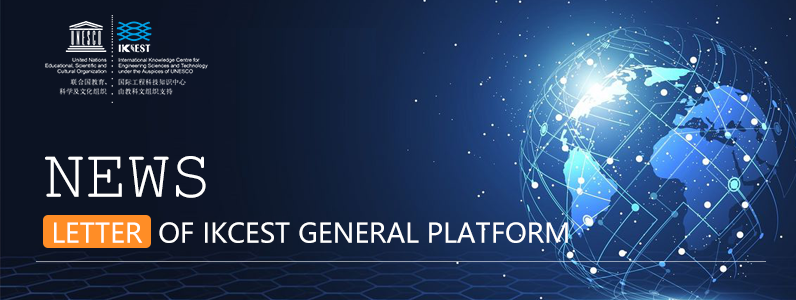
Knowledge application (知识应用)
AI Ethics(人工智能伦理)
Introduction: The AI Ethics focuses on the significance of AI Ethics in the development of AI technology, and offers science popularization and frontier trends on AI Ethics to the amateurs, staff and scientific research experts in AI technology. It mainly reveals to the users the five major hot topics of AI Ethics at present: transparency, justice & fairness, non-maleficence, responsibility and privacy.
Source: IKCEST General Platform
Release date: Jul. 2020
Provided by: Cai Lingli, Zhang Xinxing

World Heritage Protection(文化遗产保护)
Introduction: The World Heritage Protection focuses on the technology of restoring and protecting world heritages, analysing in depth the natural causes and human causes of the damages of cultural heritages, and offers corresponding literature and documents on the technology of restoring and protecting cultural heritages. Having covered all the world heritages officially recognised by UNESCO, it provides important knowledge on cultural heritage restoration and protection for the scientific personnel engaged in cultural heritage protection as well as the general public.
Source: IKCEST General Platform
Release date: Jul. 2020
Provided by: Cai Lingli, Zhang Xinxing

The Belt and Road Index(一带一路指数)
Introduction: The Belt and Road Index pools and analyses information of countries along the Belt and Road, and presents to users the latest updates, academic research, policy and regulation of those countries. The Belt and Road Index, which is authoritative and designed by professional teams, brings to users the Project Investment Convenience Index, Engineering Investment Potential Index, and Science and Technology Innovation Index of the countries along the Belt and Road.The application allows users to obtain comprehensive information to better understand the development trends of investment and technological innovation in countries along the Belt and Road.
Source: IKCEST General Platform
Release date: Jul. 2020
Provided by: Cai Lingli, Zhang Xinxing

Video (视频课件)
Here comes the best cross-discipline dialogue ever! Check out the highlights here!(史上最强跨界对话来了,硬核知识点我们已经帮你做好了笔记)
Introduction: The integration between medical treatment and emerging technologies such as Artificial Intelligence (AI) and big data is being accelerated. Recently, the semi-final round of the 2nd IKCEST “The Belt and Road” International Big Data Competition and the 6th Baidu & Xi’an Jiaotong University Big Data Competition, co-hosted by the International Knowledge Centre for Engineering Sciences and Technology (IKCEST) under the Auspices of UNESCO, the China Knowledge Centre for Engineering Sciences and Technology (CKCEST), Baidu and Xi’an Jiaotong University has come to an end. During the final round, Wang Chen, the special advisor of this competition, initiator of the Fangcang hospital, vice president and member of the Chinese Academy of Engineering, together with Wang Haifeng, CTO of Baidu, have had a wonderful discussion on the topic of the competition - forecasting the future incidence of highly pathogenic contagious diseases. They have also given suggestions to contestants concerning their final round.
Source: IKCEST General Platform
Release date: Jul. 2020
Provided by: Cai Lingli, Zhang Xinxing


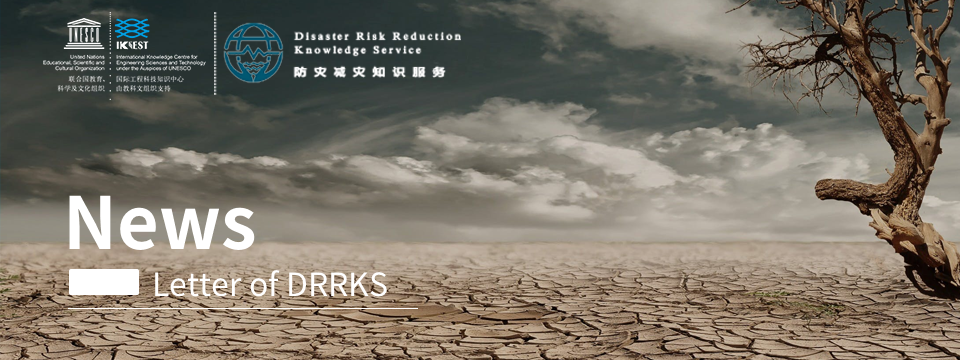
Scientific Data (科学数据)
Monthly mean station pressure monitoring data set for One Belt and One Road region (1989-2018)(“一带一路”地区月平均站压监测数据集(1989-2018))
Introduction: The data set is calculated and interpolated by weather station data. The meteorological site data comes from NOAA, which includes data such as temperature, wind speed, and precipitation. The research team processes the daily weather station data into monthly data, and then interpolates through Kriging to form raster data covering the entire study area.
Source: Disaster Risk Reduction Knowledge Service
Release date: Jun. 2020
Provided by: Yuan Yuelei
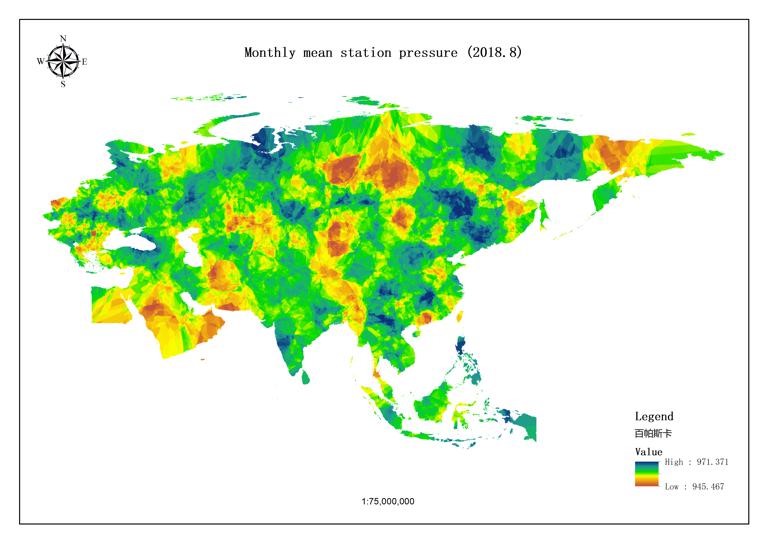
China-Pakistan Economic Corridor Earthquake Disaster DataSet (1960-2000)(中巴经济走廊地震灾害数据集(1960-2000))
Introduction: The data set, which is obtained from USGS and references by grabbing, collecting and sorting, contains seismic information of time, disaster type, focal depth, location of China Pakistan Economic Corridor from 1960 to 2000. This data set helps users realize the time and space distribution of earthquake, and provide strong support for scientific research related to earthquake disaster prevention.
Source: Disaster Risk Reduction Knowledge Service
Release date: May 2020
Provided by: Yuan Yuelei
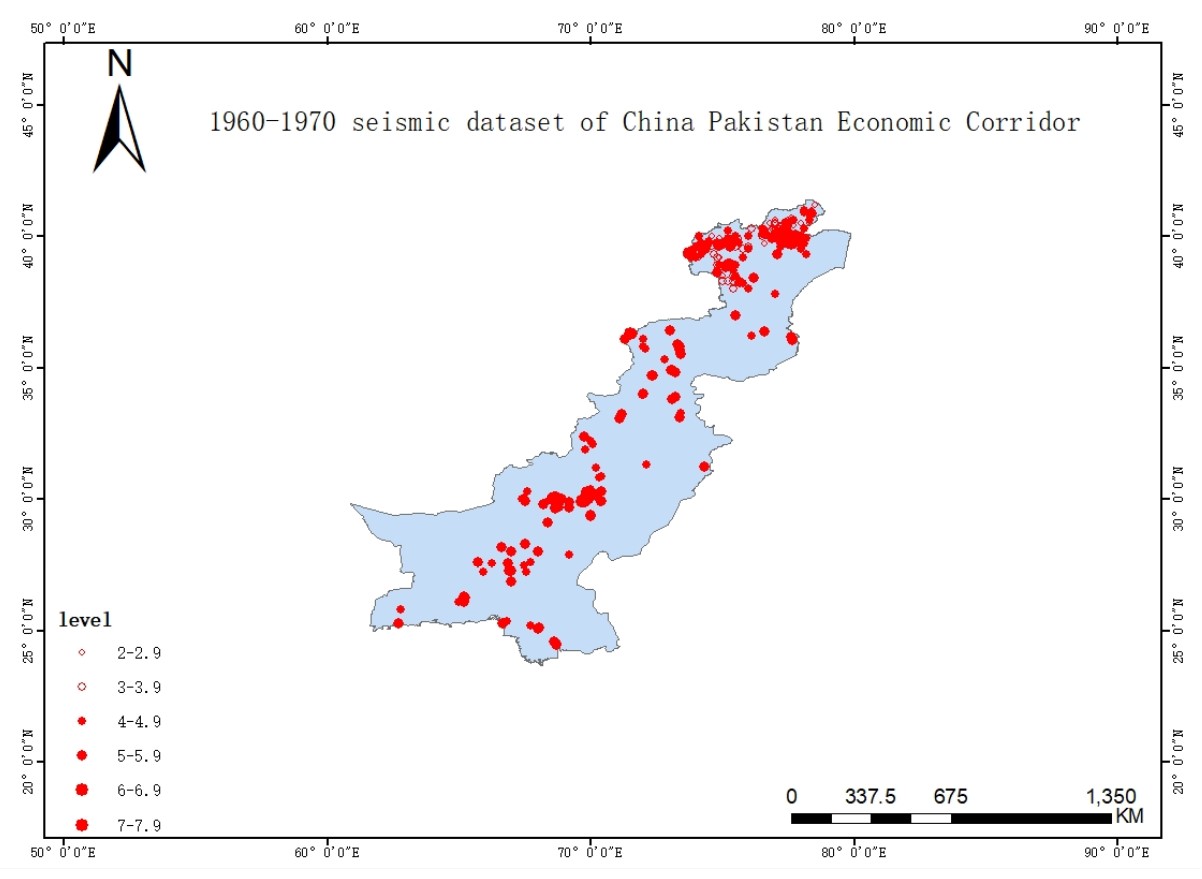
Knowledge application (知识应用)
Application of hazard-formative environments knowledge service of " the Belt and Road "(“一带一路”孕灾环境知识应用)
Introduction: This knowledge application shows basic national information about the countries in the Belt and Road. The basic geographical national information of countries and regions along the Belt and Road, is an important basis for disaster risk reduction. The basic geographical national information includes three categories, namely, basic national condition, natural resources, politics and economy. The detailed elements in the classification include geographical location, administrative division, topography, soil, climate, rivers and lakes, environment, land resources, water resources, forest resources, animal resources, plant resources, energy resources, mineral resources, non-metallic mineral resources, tourism resources, language, nationality, religion, festivals, political diplomacy, economy, science and technology, education, sports, hospital bed density, etc.
Source: Disaster Risk Reduction Knowledge Service
Release date: 2019
Provided by: Yuan Yuelei
Video (视频课件)
Ecological and Environmental Monitoring for the One Belt and One Road Region using the Multi-source RS Data(利用多源遥感数据对一带一路地区进行生态环境监测)
Introduction: Based on remote sensing data and land cover, vegetation growth status, agricultural status, marine environment and other products, a comprehensive analysis of the ecological environment, typical economic corridors, transportation channels, important node cities and ports is conducted. The technical means required for the remote sensing monitoring of the ecological environment along the Belt and Road are described.
Source: Disaster Risk Reduction Knowledge Service
Release date: 2017
Provided by: Yuan Yuelei

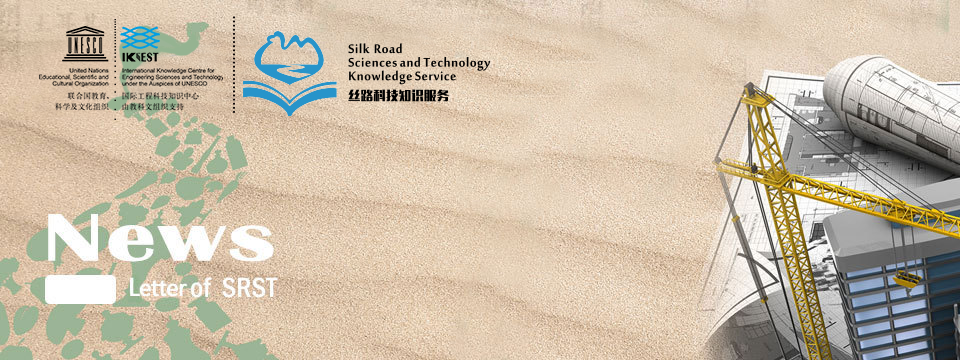
Scientific Data (科学数据)
World Development Indicators-Armenia(世界发展指标-亚美尼亚)
Introduction: It contains 55 data items from China with data spanning 50 years (1968-2017) and visual display of data, including line, bar, scatter, and pie charts of indicators.It provides all information export functions. It supports Chinese, English, Russian and Arabic language download.
Source: Silk Road Sciences and Technology Knowledge Service
Release date: Jul. 2020
Provided by: Dong Yang
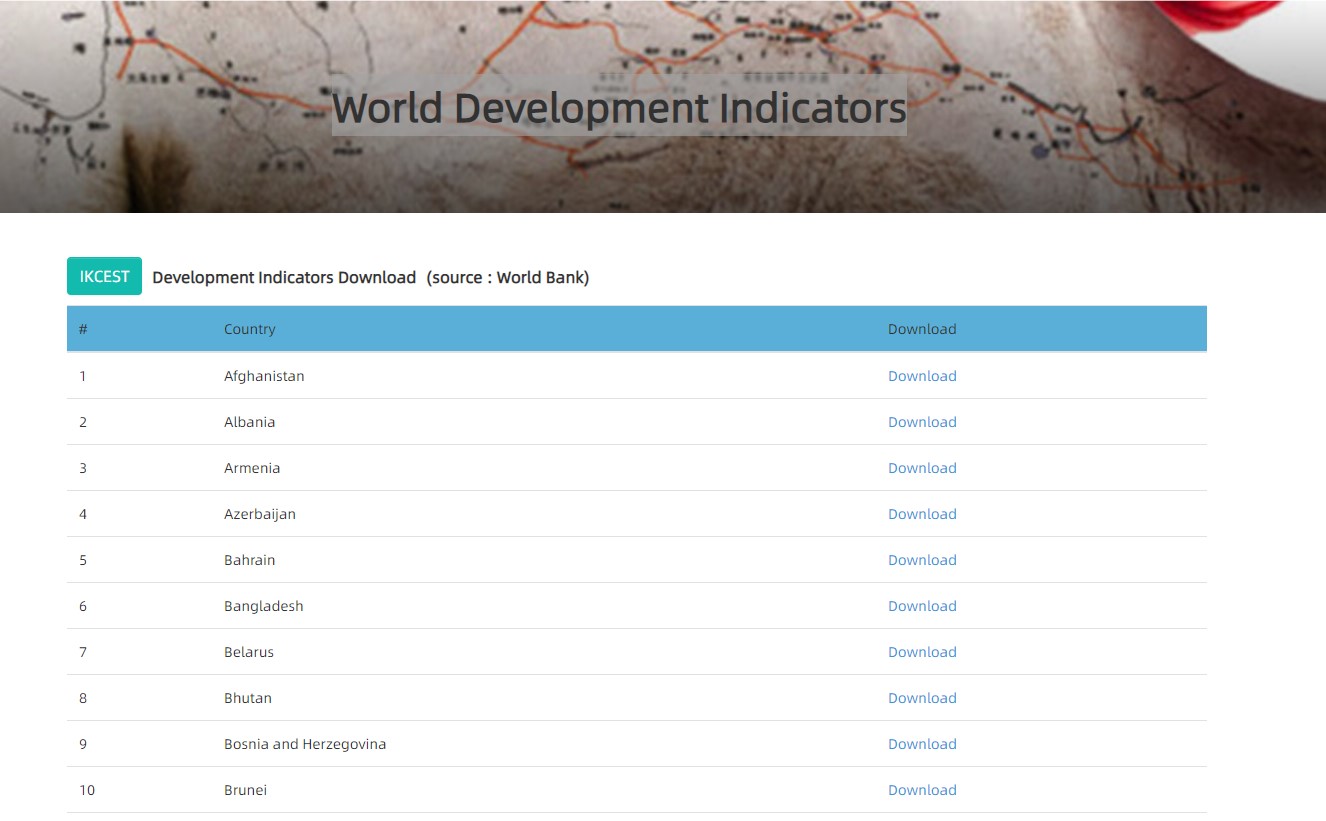
Knowledge application (知识应用)
The Belt and Road Countries Engineering Investment Index(“一带一路”国沿线国家科技创新指数)
Introduction: Based on the national "One Belt and One Road" initiative and the scientific and technological development situation and trend of all countries along the line, this knowledge application is objectively utilized and evaluated by the macro data of various countries along the route. It establishes an authoritative evaluation system for scientific and technological innovation, sets up scientific evaluation indicators, and monitors the development of science and technology along all the countries along the route.
Source: Silk Road Sciences and Technology Knowledge Service
Release date: Aug. 2020
Provided by: Li Rui
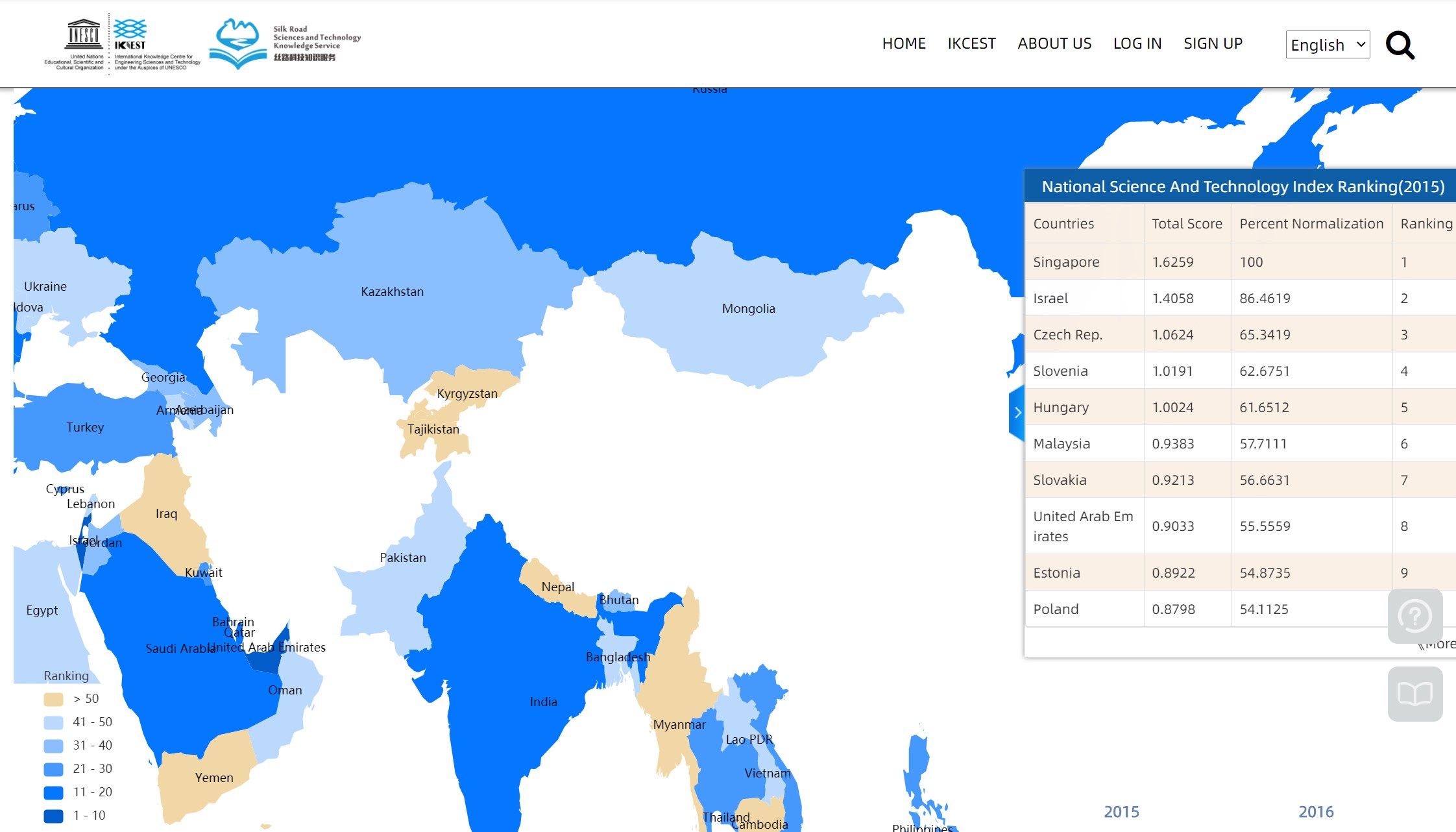
Video (视频课件)
Negative Correlation In Neural Systems(神经系统的负相关性)
Introduction: In our attempt to understand neural systems, it is useful to identify statistical principles that may be beneficial in neural information processing, outline how these principles may work in theory, and demonstrate the benefits through computational modelling and simulation. Negative correlation is one such principle, and is the subject of this work. The main body of the work falls into three parts. The first part demonstrates the space filling and accelerated central limit convergence benefits of negative correlation, both generally and in the specific neural context of V1 receptive fields. I outline two new algorithms combining traditional ICA with a correlation objective function.
Source: Silk Road Sciences and Technology Knowledge Service
Release date: Aug. 2020
Provided by: Liu Jun


Scientific Data (科学数据)
Latest Global CityIQ Ranking(最新全球城市IQ排名)
Introduction: The CityIQ column aims at developing a data model to provide evaluation services for global cities,undertaking sustainable development research tasks, relating to themes of urban planing, transportation, environment, safety and encouraging cities to provide data and best practices to support database construction and to improve the worldwide competences of city database and city evaluation system.
Source: Intelligent City Knowledge Service
Release date: Aug. 2020
Provided by: Cao Bu Yang

Video (视频课件)
The spatial pattern of China's urbanization from the perspective of intercity population migration(城际人口迁居视角下的中国城市化空间格局特征)
Introduction: Professor Niu Xinyi explores the migration of population and forms China's population urbanization pattern; using Baidu migration data, taking cities and cities of China as spatial units, by comparing the characteristics of intercity travel between Spring Festival and weekday, we can separate people returning home before Spring Festival From this perspective, China's population urbanization has formed a spatial pattern of north-south differentiation.
Source: Intelligent City Knowledge Service
Release date: Jul. 2020
Provided by: Li Xiang
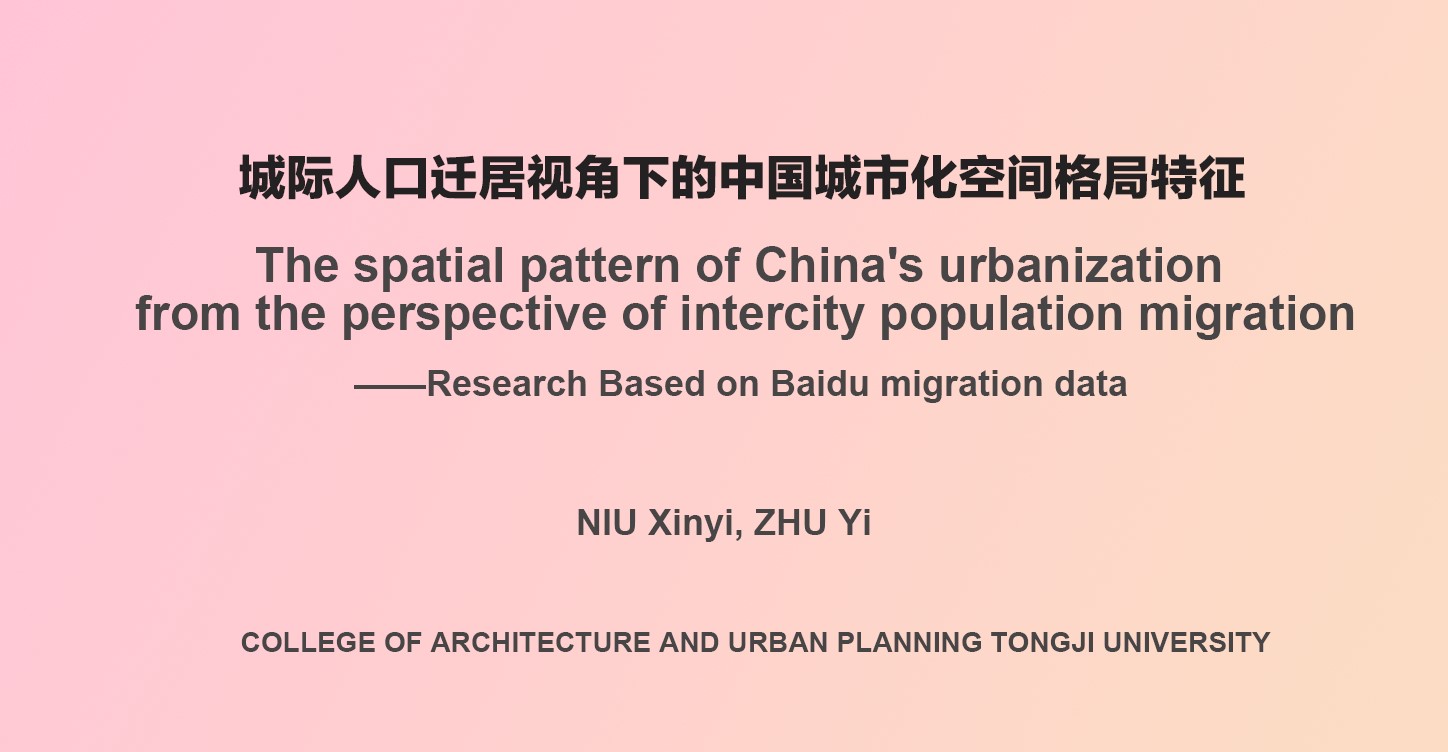
Reflections on healthy urban space in the post-epidemic era (后疫情时代健康城市空间思考)
Introduction: Professor Wang Lan introduces the view of the health, compatibility and emergency of space should be included in the values of urban space and usage of the interdisciplinary evidence-based practice model, covering the macro, meso and micro spatial multi-scale work framework. Professor Wang suggests we should pay attention to the research and practice of health risk, health elements and resources, and health equity, and build a healthy urban planning system of "empirical research & planning and design practice & health impact assessment".
Source: Intelligent City Knowledge Service
Release date: Jul. 2020
Provided by: Li Xiang
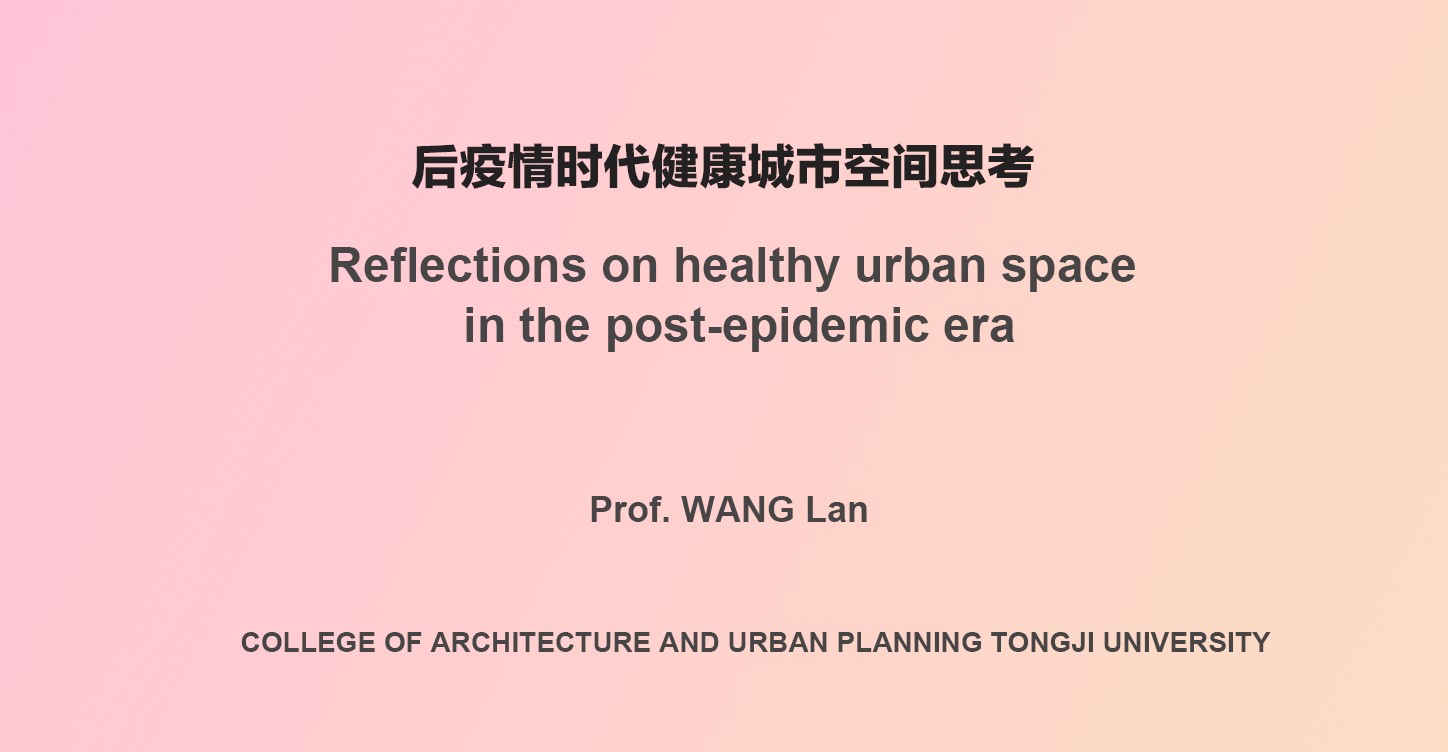

>>>IKCEST Newsletter 2020 June<<<
>>>IKCEST Newsletter 2020 April<<<









 User Center
User Center My Training Class
My Training Class Feedback
Feedback




